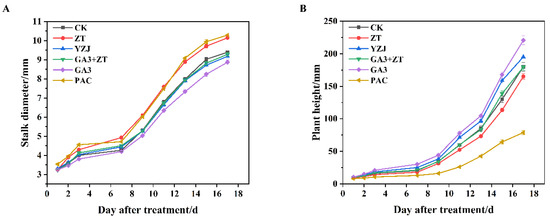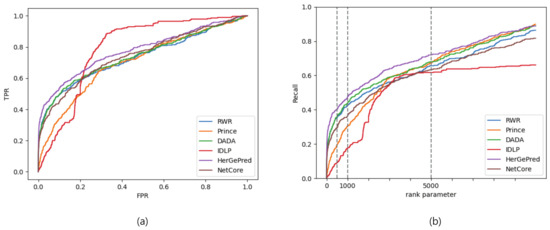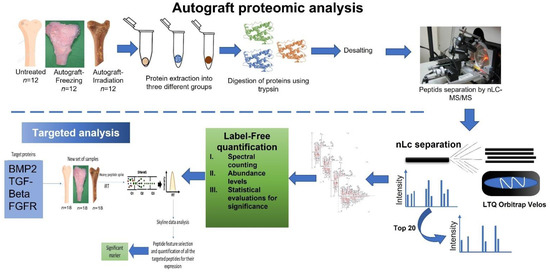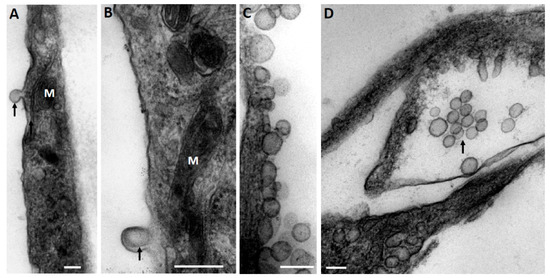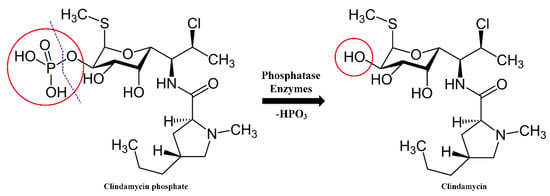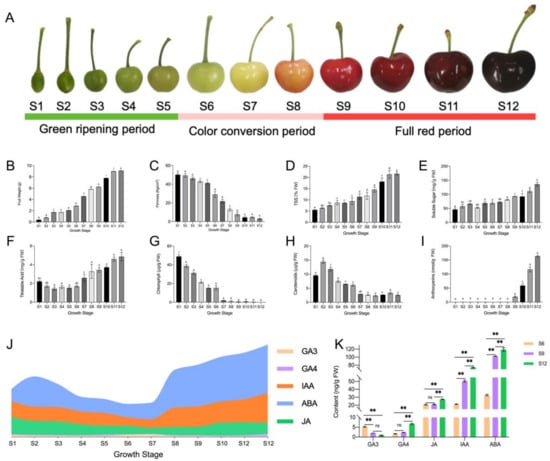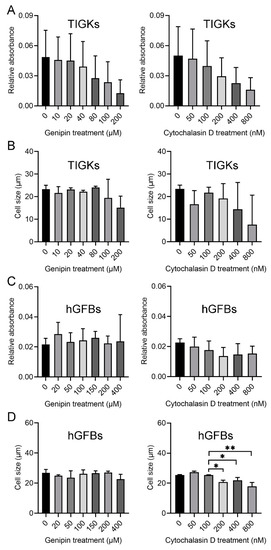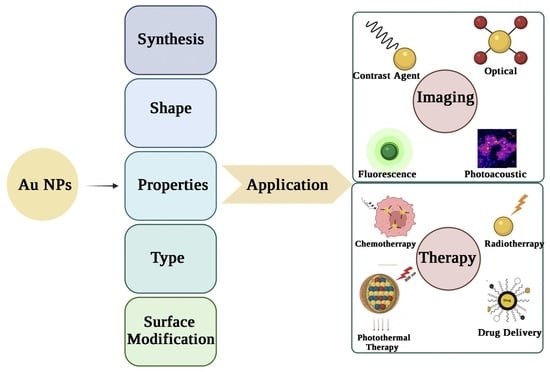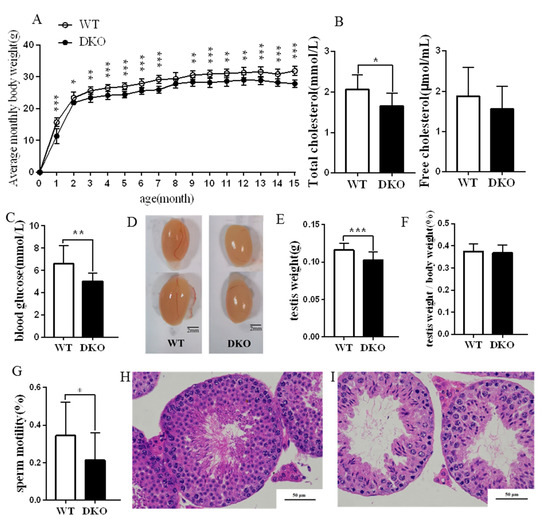Int. J. Mol. Sci. 2022, 23(13), 7413; https://doi.org/10.3390/ijms23137413 - 3 Jul 2022
Cited by 9 | Viewed by 3080
Abstract
Fluorescent materials based on aggregation-induced emission luminogens (AIEgens) have unique advantages for in situ and real-time monitoring of biomolecules and biological processes because of their high luminescence intensity and resistance to photobleaching. Unfortunately, many AIEgens require time-consuming and expensive syntheses, and the presence
[...] Read more.
Fluorescent materials based on aggregation-induced emission luminogens (AIEgens) have unique advantages for in situ and real-time monitoring of biomolecules and biological processes because of their high luminescence intensity and resistance to photobleaching. Unfortunately, many AIEgens require time-consuming and expensive syntheses, and the presence of residual toxic reagents reduces their biocompatibility. Herein, silver@quercetin nanoparticles (Ag@QCNPs), which have a clear core–shell structure, were prepared by redox reaction of quercetin (QC), a polyphenolic compound widely obtained from plants, including those used as foods, and silver ions. Ag@QCNPs show both aggregation-induced luminescence and the distinct plasma scattering of silver nanoparticles, as well as good resistance to photobleaching and biocompatibility. The Ag@QCNPs were successfully used for cytoplasmic labeling of living cells and for computerized tomography imaging in tumor-bearing mice, demonstrating their potential for clinical applications.
Full article
(This article belongs to the Special Issue Plant Phenols and Their Diverse Functional Materials)
►
Show Figures

